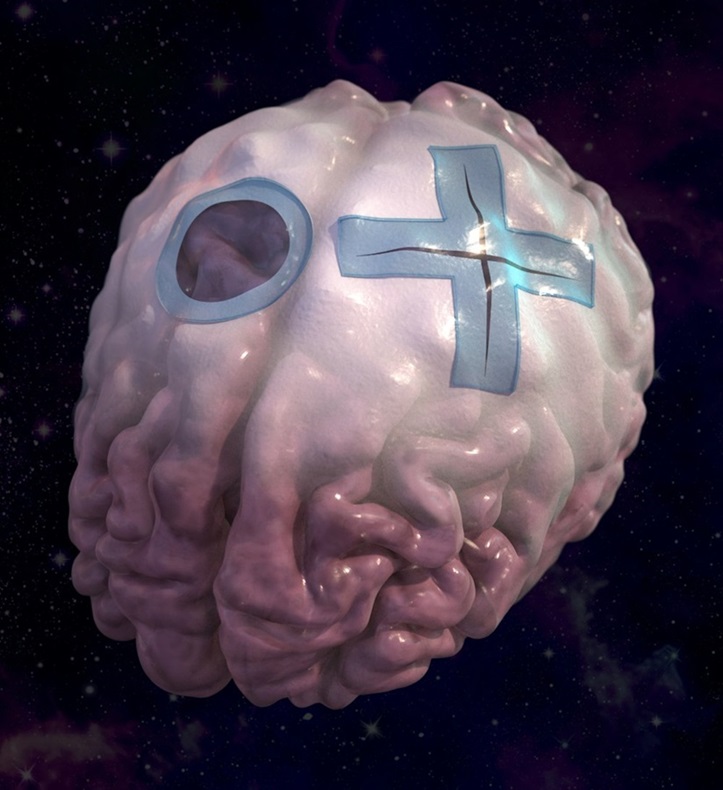Bioinspired Adhesive Offers Effective Solution to Re-Sealing Dural Membrane after Surgeries
Posted on 25 Mar 2024
The dura, the outermost layer of three meningeal layers that line the central nervous system including the brain and spinal cord, plays a crucial role in protecting the central nervous system (CNS) by acting as a shock absorber, circulating nutrients, removing waste, and holding cerebrospinal fluid (CSF). However, any damage to the dura through injury, trauma, or surgical interventions can result in CSF leaks, posing serious risks to patients' lives, neurological functions, and recovery. Neurosurgeons often need to breach the dura to reach the brain or spinal cord, and securely resealing it is challenging using current options such as suture repair or grafting in case of no viable tissue, large defects, or during minimally invasive surgeries. Current sealing methods also often fail due to poor adhesion to wet tissue, brittleness, or lack of toughness needed to prevent CSF leakage effectively.
Now, an innovative solution to re-sealing the dura that uses a multi-functional biomaterial and can address key limitations of existing repair methods as well as supplant them has been developed by bioengineers at Wyss Institute at Harvard University (Boston, MA, USA). The team also demonstrated that their “Dural Tough Adhesive” (DTA) outperformed the currently used surgical sealants in tests using in vivo animal models and human-derived tissues ex vivo. Inspired by the durable and adhesive mucus of the Dusky Arion slug (Arion subfuscus), the team created a bioinspired hydrogel composed of two intermixed polymer networks: a highly elastic gel and a network of reversibly cross-linked alginate molecules that can redistribute the energy created by mechanical forces in underlying tissues. Combined with a chitosan-based adhesive layer, the DTA can securely bond to liquid-covered surfaces by forming multiple chemical interactions that together create a strong, tight seal.

In tests on animal models and human tissues, DTA demonstrated superior adhesion strength and mechanical resilience compared to commercial sealants, effectively resisting higher pressures and showing full biocompatibility with minimal irritation over at least four weeks. Importantly, when tested on the spinal dura of pigs, which closely resembles human anatomy, DTA effectively sealed dural incisions without leakage under increased fluid pressures, a critical test for the integrity of dural repairs commonly performed by neurosurgeons at the end of surgeries. Unlike the commercial sealant DuraSeal, which failed in 40% of cases under mild pressure increases, DTA patches remained leak-free even under significantly higher pressures. This innovative solution not only promises to improve the safety and effectiveness of neurosurgical procedures by reliably sealing the dura but also paves the way for advancements in treating and managing conditions associated with increased intracranial pressure, such as brain tumors, stroke, and hydrocephalus.
“We are excited to have opened a new perspective for neurosurgeons with this study that, in the future, could facilitate a variety of surgical interventions and lower the risk for patients who need to undergo them,” said David Mooney, Wyss Core Faculty Member. “This study also underscores how unique and well-understood advances in the design of biomaterials, like the ones we made in our Tough Adhesive platform, have the potential to impact multiple, very diverse areas of regenerative medicine.”
Related Links:
Wyss Institute













.jpg)
